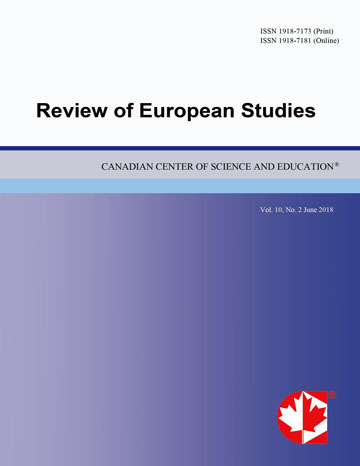The Knights in the Middle Ages of England
Abstract
Chivalry was a special phenomenon in the Middle Ages of Europe, and was also a part of the military system in the Middle Ages of Europe. Equites first came into military and civil posts signed by Augustus, and then the number of such posts multiplied in the course of time, and finally in the third century the Equites replaced senators in holding the highest responsibility. The chivalry of England made its infancy in the Anglo-Saxon period because of the rise of a series of wars. In the feudal relations, wars became the most important prerequisite for the existence of the relationship between knights and kings. If the feudal monarchies or feudal lords did not need knights for fighting, then the existence would lose its base. Knights’ spirit was composed of moral qualities, such as bravery, loyalty, generosity, and honor as its core, all of which should be complied with a knight. The knights’ spirit was virtually an aspect of the chivalry. The decline of chivalry had the extremely complex reasons, including military, economics, and religion and so on. Subsequently the rising urban aristocracy relied on the early capitalism economy and was superior to the feudal one. The decline of chivalry had a great influence upon modern Britain’s development, which included social structure, economic basis and political system. After the decline of chivalry, the former stratum of knighthood began to polarize. Gentry and the middle level emerged and then the social structure changed from two-tiered structure to three-tiered structure. Chivalry’s decline led to the commercialization of British agriculture and the trend of capitalism. With the vanishing of chivalry, nobility’s power was reduced and the Crown was enriched, and balance shifted.
 PDF
PDF
